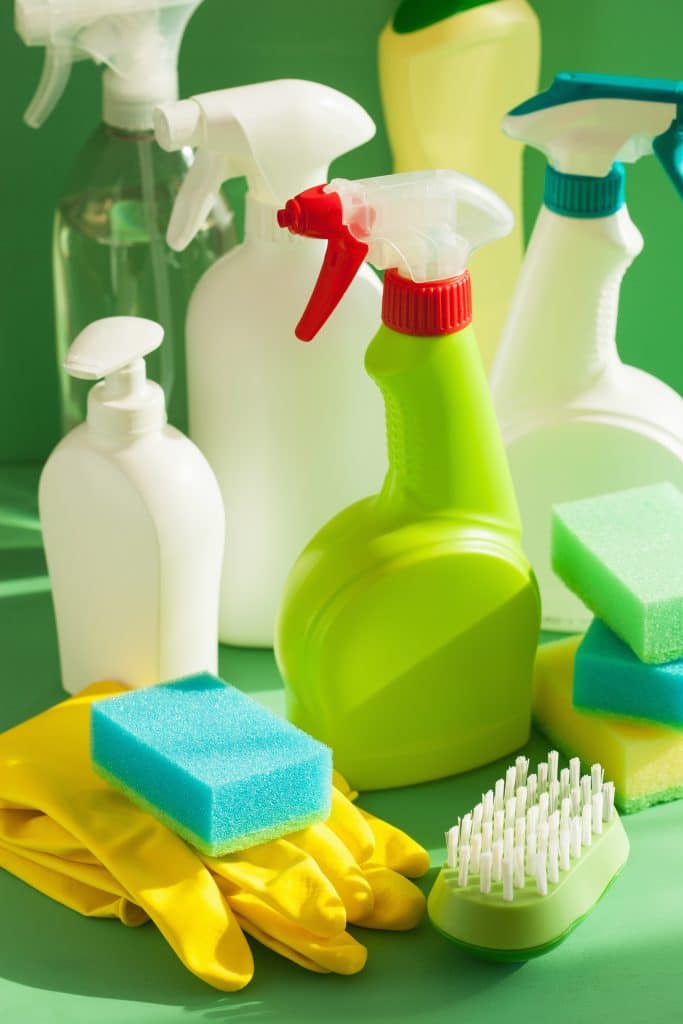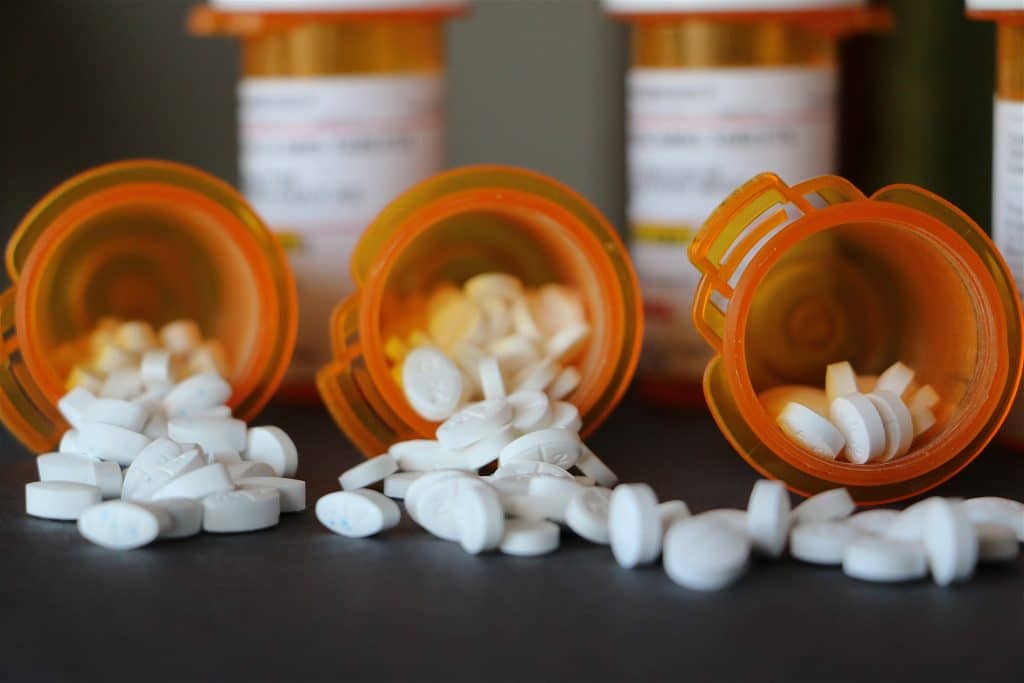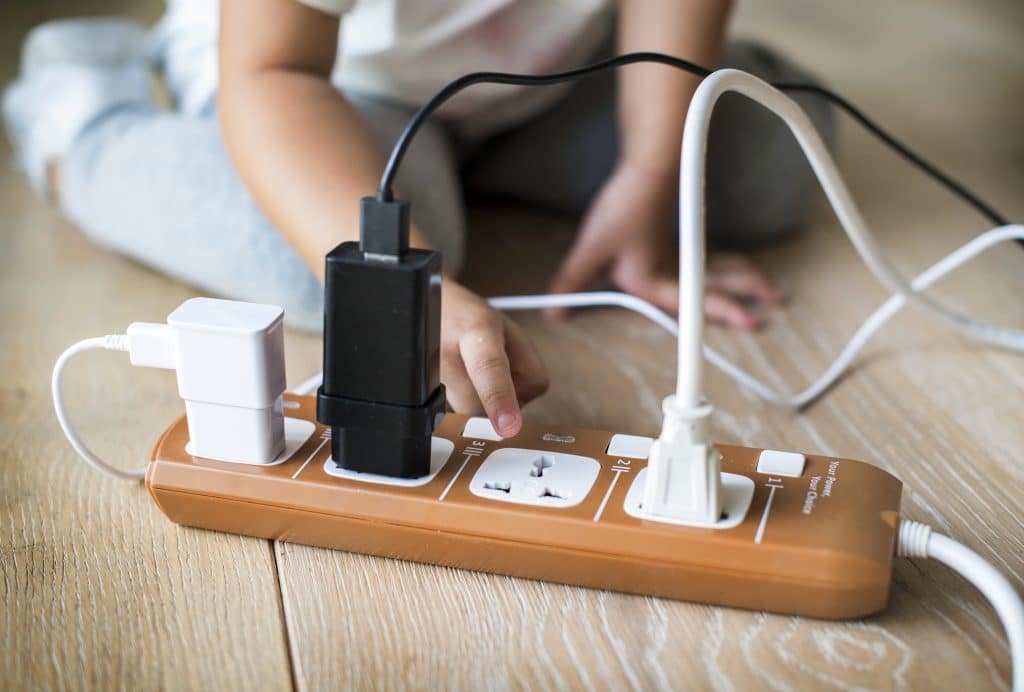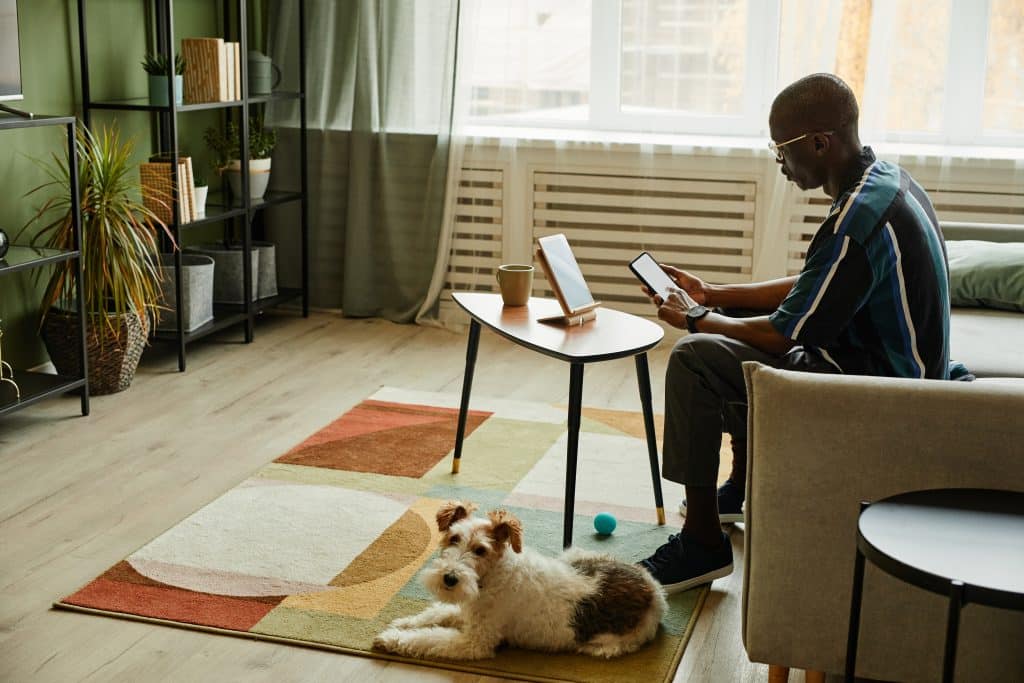When it comes to your home, most of people feel safe and secure. However, there are numerous “dangerous items” that you interact with every day, many of which you may not even realize pose a threat. The potential for accidents or injuries in the home is surprisingly high, and knowledge is the key to prevention. Recognizing potential hazards, understanding how they can harm you, and learning how to mitigate these risks can make your homes safer places to live. This blog post will identify some common items that can be dangerous and provide helpful tips on how to manage these potential risks.
Contents
- 1 The Importance of Awareness: Understanding Dangerous Items in Your Home
- 2 Types Of Dangerous Items In Your Home
- 3 Cleaning Supplies And Chemicals
- 4 Prescription And Over-The-Counter Medications
- 5 Sharp Objects And Tools
- 6 Electrical Hazards
- 7 Cooking And Kitchen Dangers
- 8 Slip, Trip, And Fall Hazards
- 9 Conclusion
The Importance of Awareness: Understanding Dangerous Items in Your Home
Being aware of the potentially dangerous items in your home is crucial to maintaining a safe living environment. Your homes should be places of comfort and security, but without proper understanding and management, everyday items can become hazards.
Firstly, awareness allows for preventive action. By knowing the risks associated with certain items, you can take steps to mitigate potential harm. This could involve secure storage of cleaning supplies, safe handling of kitchen utensils, or ensuring electrical installations are in good condition.
Secondly, awareness is essential for appropriate response in case an accident does occur. Understanding the potential dangers of a swallowed cleaning product or medication, for example, highlights the urgency of seeking immediate medical attention.
Lastly, an informed approach to household safety can foster a culture of caution and respect for potential dangers among all household members. This is particularly important in homes with children, as it can help them understand why certain rules around the home are in place.
In essence, awareness is the foundation of home safety. The more you know, the better equipped you are to prevent accidents and respond effectively when they do occur.
Types Of Dangerous Items In Your Home
To fully grasp the scope of potential dangers lurking in your homes, it’s helpful to categorize these items. You’ll explore several categories, each encompassing a range of items that pose unique risks.
Cleaning Supplies And Chemicals

Cleaning supplies and chemicals are essential for maintaining a clean and healthy home. However, they can pose a serious risk if mishandled or ingested. Bleach, ammonia, drain cleaners, and even laundry detergent pods can cause harm if not handled properly. It’s essential to keep these products out of reach of children and pets and to use them as directed by the manufacturer.
Furthermore, mixing certain chemicals can create toxic fumes. For example, bleach and ammonia should never be mixed as they can produce a toxic gas. Always read the labels on your cleaning products and store them in a secure, well-ventilated area.
Prescription And Over-The-Counter Medications

Medications, both prescription and over-the-counter, are another category of potentially dangerous items in the home. They can be life-saving when used correctly, but can lead to serious health complications or even death if misused or ingested by someone they weren’t intended for. It’s crucial to store medications out of reach of children and pets, preferably in a locked cabinet.
In addition to secure storage, proper disposal of unused or expired medications is equally important. Don’t simply throw them in the trash, where they could be found by children or pets. Many pharmacies and local community services offer safe medication disposal programs.
Sharp Objects And Tools

Sharp objects and tools, including knives, scissors, and power tools, are inherently risky, especially when accessible to children. Even adults can suffer serious injuries if these tools are mishandled. Keep these items stored securely, and always supervise their use by children.
Remember, it’s not just the obviously sharp objects that can cause harm. Tools like screwdrivers or even garden tools can cause injury if not handled correctly. It’s always best to put tools away after use and to maintain them properly, ensuring they’re safe to use when needed.
Electrical Hazards

Electrical hazards are omnipresent in modern homes, from overloaded outlets to frayed cords, and can lead to dangerous situations such as electrical shocks or fires. Ensuring that all electrical installations and appliances in your home are in good condition is a critical safety measure. For instance, avoid overloading power outlets, as this can cause overheating and potentially lead to a fire.
In addition, regular checks for damaged cords, plugs, and outlets can help prevent accidents. If you notice any signs of wear or damage, consider replacing or repairing the item immediately. Also, it’s wise to keep water away from electrical appliances, as this poses an electrocution risk. Always follow the manufacturer’s instructions when using electrical devices, and consider hiring a professional for complex electrical work.
Cooking And Kitchen Dangers

The kitchen is another area where numerous hazards exist. From sharp knives and hot surfaces to the risk of foodborne illness, the potential for accidents is high. It’s crucial to practice safe handling techniques when using knives or other sharp kitchen tools. Always pay attention while cooking to avoid burns and never leave cooking unattended, as this can lead to fires.
Moreover, food safety is another vital aspect of kitchen safety. Always wash your hands and surfaces after handling raw meats to prevent cross-contamination, and ensure food is cooked to the correct temperature to avoid foodborne illnesses. The use of a food thermometer can help ensure your food is cooked safely. By following these safety measures, you can make your kitchen a safer place.
Slip, Trip, And Fall Hazards

Lastly, common household items can often cause slips, trips, and falls. Clutter, loose rugs, and even pets can pose a tripping hazard. Wet surfaces, like the bathroom floor or kitchen tiles, can cause slips. Keep your pathways clear, secure loose rugs with anti-slip mats or tape, and clean up spills immediately to prevent accidents.
On a similar note, stairs can be a significant fall risk, especially if they’re poorly lit or if objects are left on the steps. Installing proper lighting and handrails can help prevent accidents. Also, ensure all furniture is stable to prevent tipping, especially if you have children who might climb on them.
Conclusion
In conclusion, many everyday items can be dangerous if not handled or stored correctly. By becoming aware of these potential hazards and taking appropriate steps, you can significantly reduce the risks in your homes. It’s about creating a safe environment for yourself and your loved ones. It might take a bit of time and effort, but the peace of mind that comes with knowing you’re doing everything you can to keep your family safe is invaluable.



